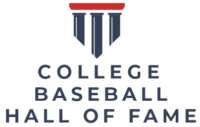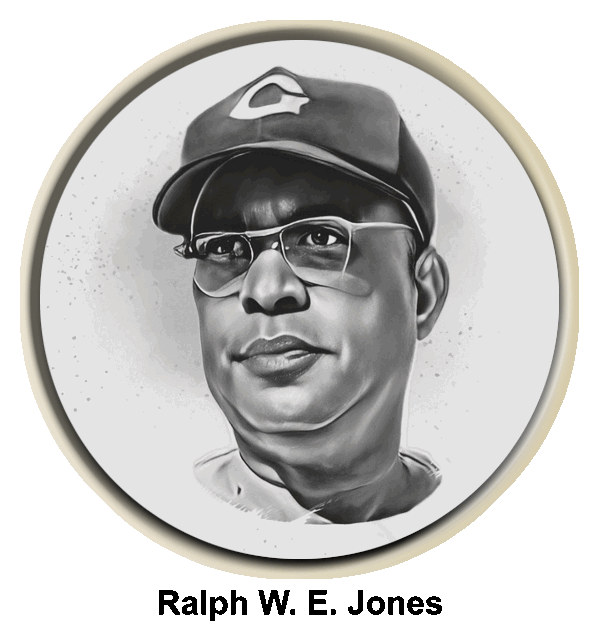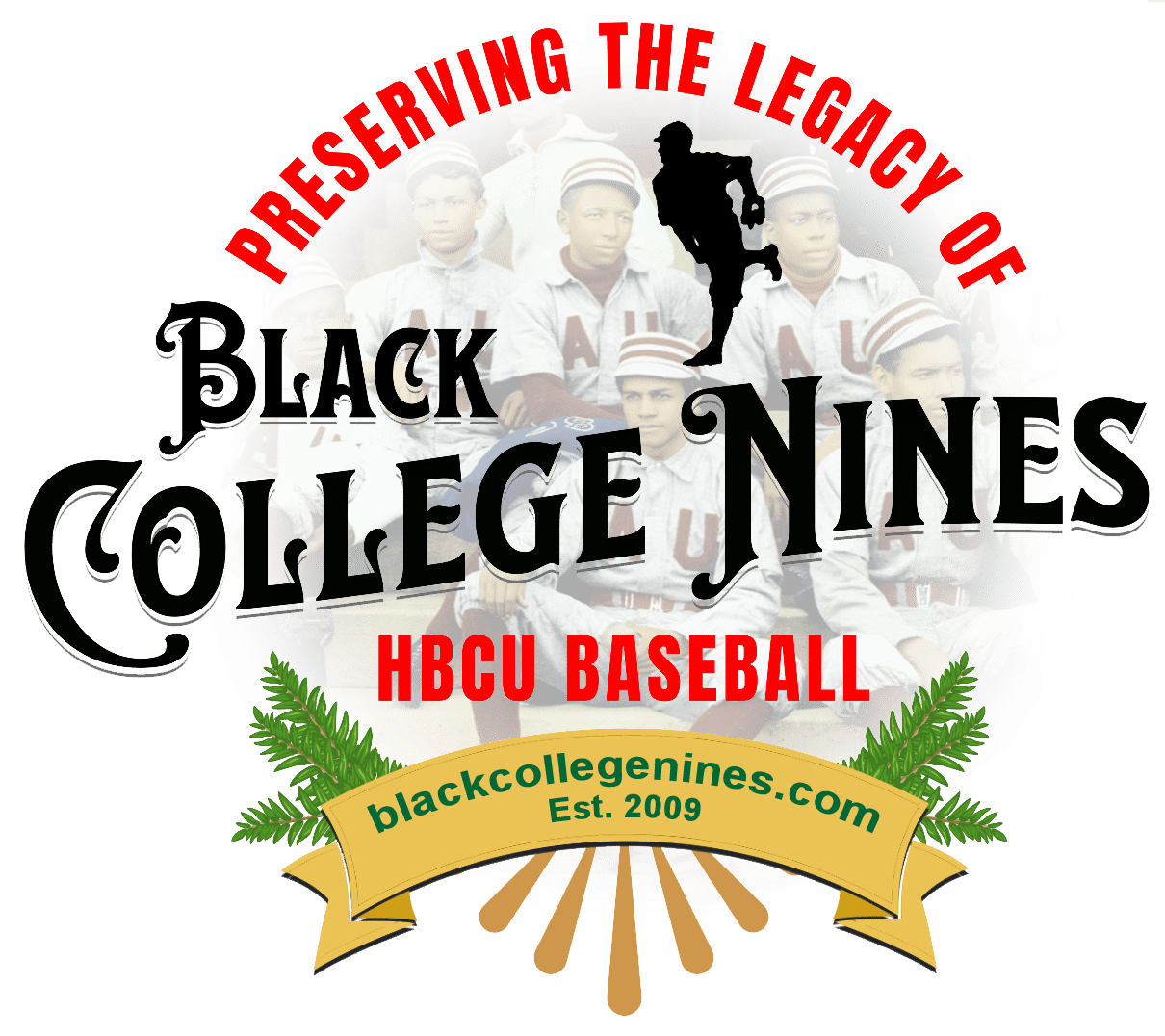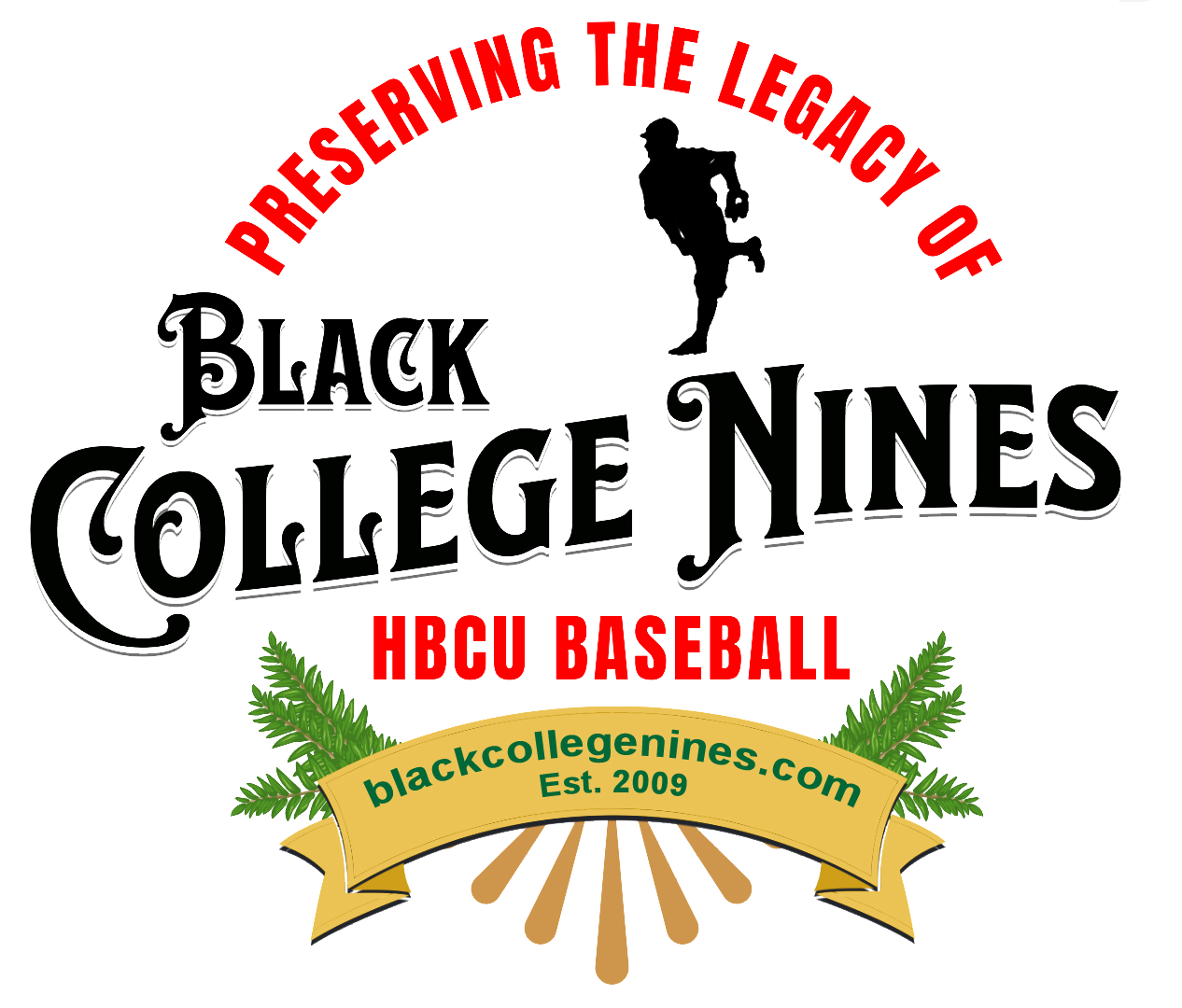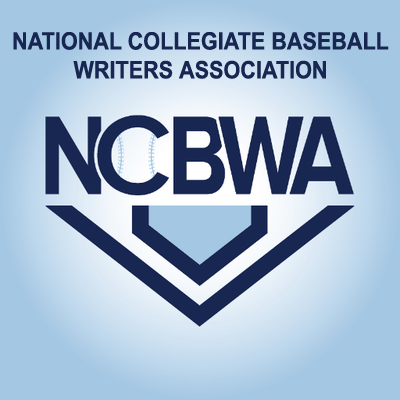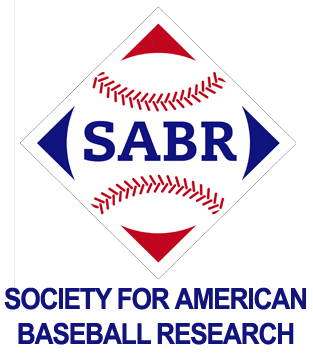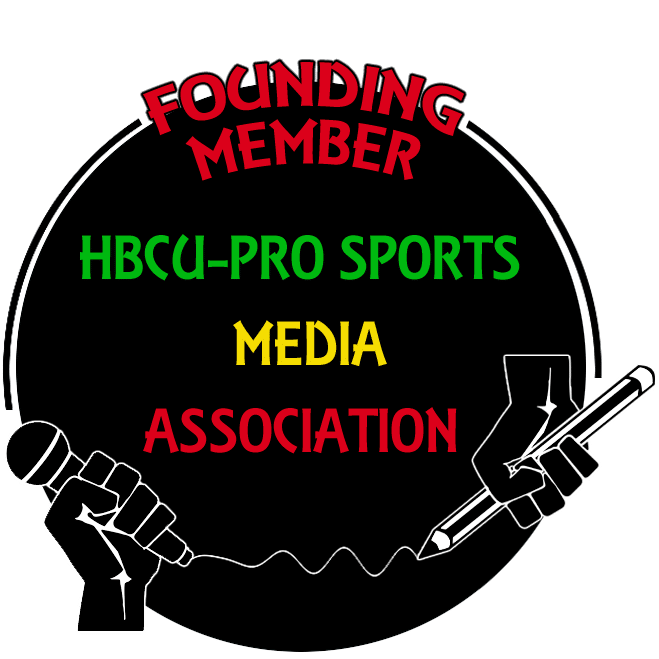


Major League Baseball has finally decided to recognize the now-defunct Negro Leagues as one of its own. The stigma of being outside of what was called “organized” baseball is no more.
In one form or another, the game that has morphed into present day baseball, has been played by African Americans dating back to the late-eighteenth century. When the Civil War was still a fresh memory, America had already become baseball crazy. Everywhere, and by everyone, the game was being played.
One of the earliest amateur black baseball clubs, the Philadelphia Pythians, was formed in 1865 by a few Cricket playing converts including early Civil Rights activist, Octavius Catto. However, its failed attempt in 1867 for admittance into to the National Association of Base Ball Players set the tone of segregation in the sport that lasted until 1947 when Jackie Robinson of the Brooklyn Dodgers stepped onto Ebbets Field on April 15th.
The all-white Cincinnati Red Stockings formed baseball’s first professional team in 1869 and two seasons later the National Association of Baseball Players disbanded. With there now being no formal ban on integrated teams, there was a very short period of time that a few African-Americans played on integrated Major League level teams. However, that ended in the late 1880s with a “gentlemen’s agreement” that was instigated by future Major League Hall of Famer Adrian “Cap” Anson and others.
In 1885, the Cuban Giants, originally based in New York, became the first African-American professional baseball team and in 1920, Rube Foster formed the first professional Negro League.
Until the mid-1880s, baseball was a favorite leisure sport on campuses of Historically Black College and University (HBCU) campuses. In April 1887, a team representing Straight University (merged in 1934 with New Orleans University to form present-day Dillard University) and Southern University, both of New Orleans, Louisiana, faced off thus playing the first HBCU intercollegiate baseball game.
Unlike teams within what was then “organized” baseball which had a minor league system, in Negro League baseball, HBCU institutions were often used as feeders into the major leagues of Negro League baseball. Even during the lean years of the 1930s when HBCUs didn’t sponsor baseball as an intercollegiate sport, Negro League baseball sought talent off their campuses. HBCUs often served as spring training grounds for black professional teams and many exhibition games were played, both pre-season and during the regular season, pitting pro black teams versus HBCU teams.
The decision by Major League Baseball to incorporate seven Negro Leagues into its existing Major League classification means that HBCU institutions can now claim even more former attendees as Major Leaguers.
That list previously included such players as Danny Goodwin of Southern University who is the only baseball player to be drafted first overall in the Major League draft in two separate drafts, Ralph Garr of Grambling State University, Al Holland of North Carolina A&T University, Tommie Agee of Grambling State University, Tom Alston of North Carolina A&T University, Andre Dawson of Florida A&M University and both Lou Brock and Rickie Weeks of Southern University.
Joe Black of Morgan State, Monte Irvin of Lincoln (PA.) University and Larry Doby of Virginia Union represent Major Leaguers whose HBCUs didn’t play baseball while they were in school, yet they worked their way from Negro League baseball into the Major Leagues.
Now, with the new Negro League/Major League designation, stars like Hall of Famers pitcher Bill Foster of Alcorn State, infielder Willie Wells of Samuel Huston College and pitcher Hilton Smith of Prairie View A&M can now be added to the list of HBCU Major Leaguers. Other Negro League greats like Dave Malarcher of New Orleans University, “Doc” Sykes of Howard University, C. I. Taylor of Clark University and Buck O’Neil of Edward Waters College are, likewise, now official Major Leaguers.
Of those African Americans who played in what was generically known as Negro Leagues, only those is seven leagues will be considered major leagues. The seven that will now be included in official records are the original Negro National League (1920-31), the Eastern Colored League (1923-28), the American Negro League (1929), the East-West League (1932), the Negro Southern League (1932), the second Negro National League (1933-48) and the Negro American League (1937-48).
The adjustments to statistics by the Major League Baseball, adding the records from those Negro League players, without a doubt will alter the record books. Not only will more former HBCU ballplayers stats be recognized in a sport that already places a great deal of emphasis on statistics, but many season and career statistical leaders may now include those who played HBCU baseball.
Kudos to Major League Baseball for finally recognizing these ballplayers and their teams who should never have been excluded from participation in the first place, which in turn further preserves the legacy of HBCU baseball.
Historical references from a manuscript on the history of HBCU baseball prepared by Jay Sokol, lead historical reporter and founder of Black College Nines.
Graphics depicted above are from a collection created by Graig Kreindler

